Chamoy Sauce Recipe: A Spicy, Salty, Sweet Adventure Across Global Spice Traditions
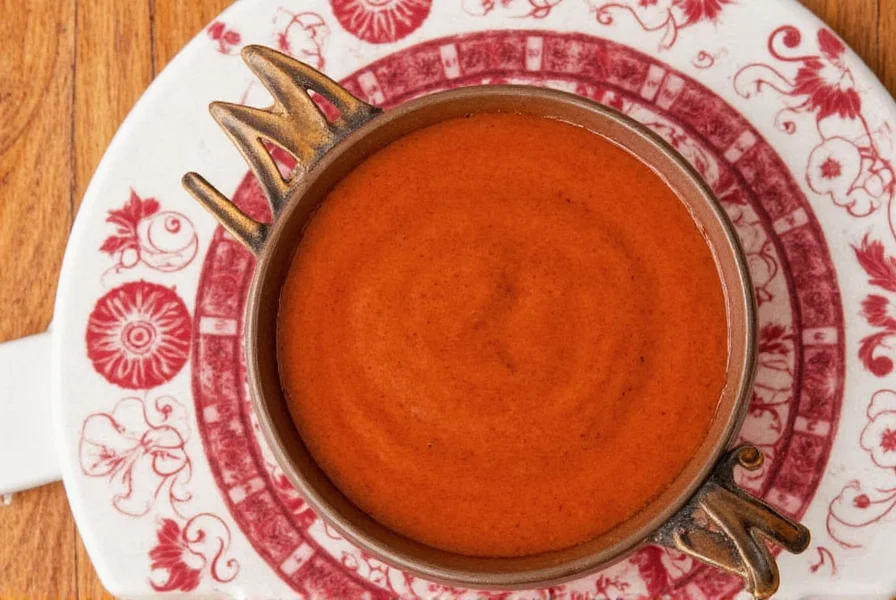
Welcome to the wild world of chamoy! If you’ve ever had a hankering for something that’s sweet, salty, sour, and spicy all at once, then you’re about to meet your new favorite condiment. In this article, we’ll dive deep into what makes chamoy sauce so unique, how it evolved across cultures, and — most importantly — how you can whip up your very own batch at home. Let's spice things up!
Table of Contents
- What is Chamoy Sauce?
- A Taste of History: The Origins of Chamoy
- Chamoy Around the World: Global Spice Traditions
- How to Make Your Own Chamoy Sauce: A Step-by-Step Guide
- Pro Tips & Flavor Variations
- Buying Guide: Ready-Made Chamoy Options
- Creative Ways to Use Chamoy in Everyday Cooking
- Final Thoughts
What is Chamoy Sauce?

Chamoy is a bold, tangy, umami-rich sauce made from preserved fruits (usually apricots, plums, or mangos) seasoned with chili, salt, and sometimes lime or vinegar. It's got that perfect trifecta of flavor: sweet, spicy, and salty. While its roots are in Mexico, variations of chamoy have popped up around the globe, each culture adding its own twist to this iconic sauce.
A Taste of History: The Origins of Chamoy
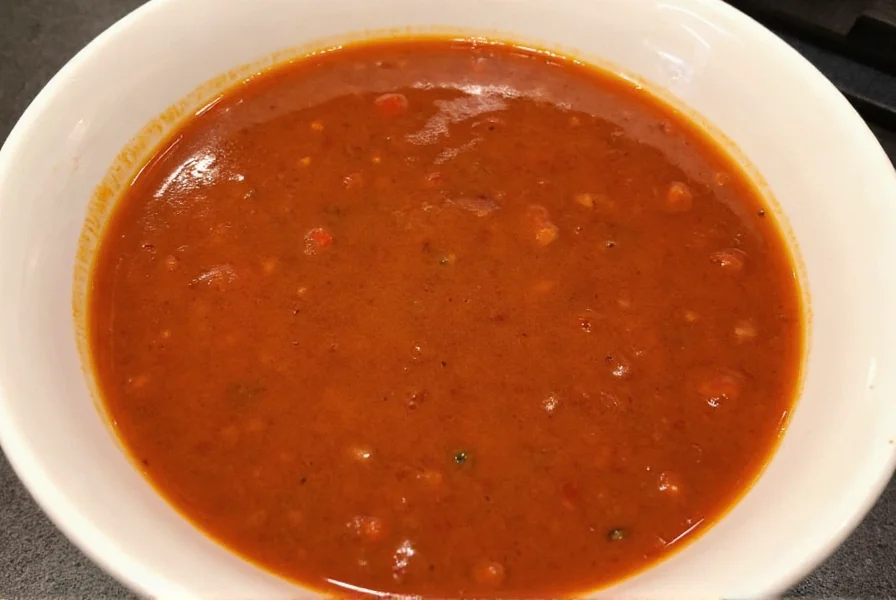
Believe it or not, chamoy has origins that date back centuries. It started as a Chinese preservation method called “suan mei,” which involved pickling fruits like plums and apricots with salt and spices. When Chinese immigrants came to Mexico during the late 19th and early 20th centuries, they brought this tradition with them — and over time, it blended with local Mexican flavors. That’s when chamoy began evolving into the zesty, fiery condiment we know today.
Now, chamoy isn’t just a snack enhancer; it’s become a cultural staple across Latin America, especially in Mexico, where it’s used on everything from fruit cups to street tacos and even ice cream!
Chamoy Around the World: Global Spice Traditions

While Mexico may be the birthplace of modern chamoy, its reach extends far beyond. Here’s a quick comparison of how different countries interpret this beloved sauce:
| Country | Main Ingredients | Flavor Profile | Common Uses |
|---|---|---|---|
| Mexico | Pickled plums/apricots, chili powder, sugar, salt | Sweet, spicy, salty | Fruit cups, tamarind candy, tacos |
| China | Pickled plums, salt, licorice, sugar | Sour, sweet, savory | Teas, snacks, digestive aids |
| Japan | Umeboshi (pickled plums), shiso leaves, salt | Sour, salty, umami | Rice balls, bento boxes, medicinal use |
| USA | Mango, tamarind, chili, lime | Tropical, spicy, tart | Snacks, cocktails, gourmet dishes |
From East to West, chamoy continues to evolve while keeping its essence alive: a complex blend of contrasting flavors that keep your taste buds guessing.
How to Make Your Own Chamoy Sauce: A Step-by-Step Guide
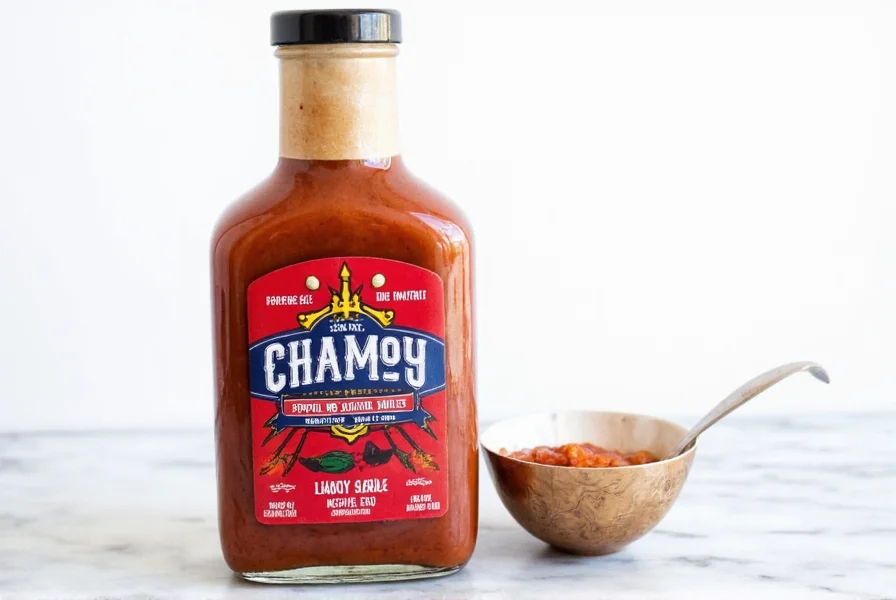
If you’re ready to make your own chamoy sauce, grab these simple ingredients and follow our easy guide below:
Ingredients:
- 2 ripe mangos (or 4 dried apricots/plums)
- 1/4 cup tamarind paste
- 1/4 cup lime juice
- 2 tbsp chili powder (adjust to taste)
- 1 tbsp sea salt
- 1/4 cup water (optional, for consistency)
Instructions:
- In a blender, combine the mango (or soaked dried fruit), tamarind paste, and lime juice.
- Add chili powder and salt, blending until smooth.
- If the mixture is too thick, add water gradually to reach your desired consistency.
- Taste and adjust seasonings — more salt? More heat? Go for it!
- Transfer to a glass jar and refrigerate for up to two weeks.
Pro Tips & Flavor Variations
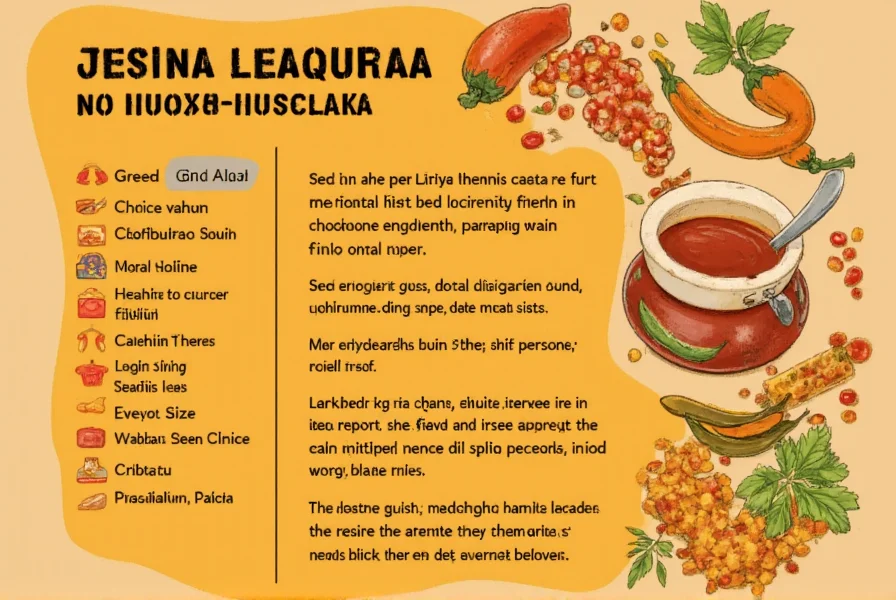
Want to take your chamoy game to the next level? Try these tips and tricks:
- Add sweetness: Stir in a tablespoon of honey or agave syrup for extra depth.
- Cool it down: Mix in a splash of yogurt or coconut milk for a creamy chamoy dip.
- Spice it up: Use ghost pepper powder or habanero oil for a super-hot version.
- Dry version: Simmer the sauce until thick and spreadable — great for sandwiches or marinades.
- Fruit swap: Try using pineapple, peach, or even green apple for a different flavor profile.
Buying Guide: Ready-Made Chamoy Options
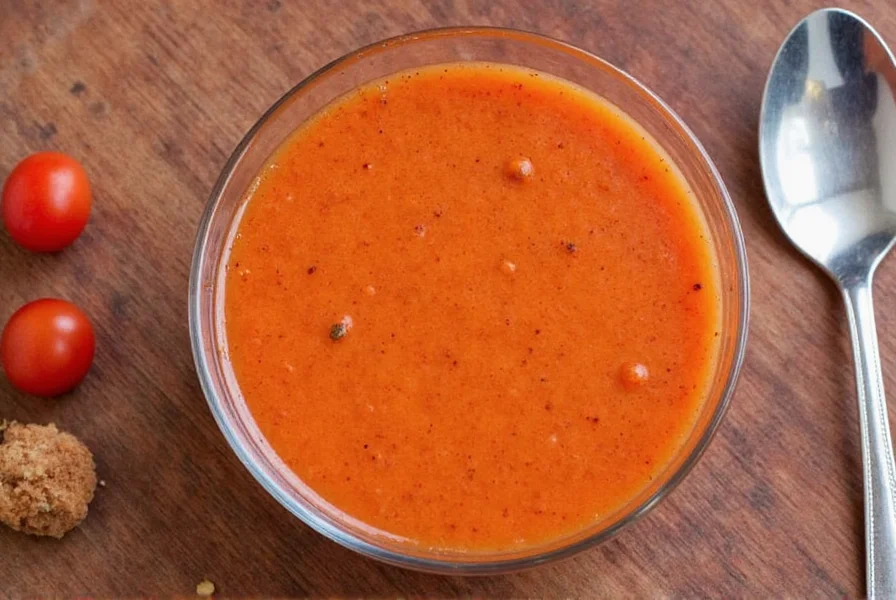
Not everyone has time to make chamoy from scratch — and that’s totally okay! There are plenty of high-quality bottled chamoy sauces available on the market. Here’s a breakdown of some top picks:
| Brand | Flavor Notes | Best For | Recommended Use |
|---|---|---|---|
| Ranchero Chamoy | Balanced sweet/spicy, fruity base | Beginners and general snacking | Fruit cups, candy dips |
| Valentina Chamoy | Vinegary kick, mild spice | Mexican street food lovers | Tacos, grilled corn |
| El Yoli Chamoy | Thicker texture, intense heat | Heat seekers | Marinades, wings, hot sauces |
| Del Fuerte Chamoy | Fruity, tangy, slightly smoky | Cocktail mixers | Chamoy margaritas, rimming sauces |
| Kikiamaya Chamoy | Tropical notes, light chili | Fruit platters, kids | Fruit skewers, gummy candy |
Whether you're dipping fruit, spicing up drinks, or experimenting with gourmet twists, there’s a chamoy out there for every palate and occasion.
Creative Ways to Use Chamoy in Everyday Cooking

You don't need to limit chamoy to just fruit bowls or candies. Here are some inventive ways to integrate it into your daily meals:
- Chamoy Margarita: Rim your glass with chili salt and drizzle in a few drops of chamoy for a tropical punch.
- Grilled Pineapple Glaze: Brush chamoy on pineapple slices before grilling for a sweet, spicy glaze.
- Spicy Mayo Remix: Mix chamoy into mayonnaise for an epic sandwich spread or burger topping.
- Stir Fry Boost: Add a spoonful to stir-fries for an Asian-Latin fusion flavor explosion.
- Ice Cream Drizzle: Pour chilled chamoy over vanilla or mango ice cream for a surprising dessert twist.
Final Thoughts

There’s no doubt that chamoy sauce is a flavor powerhouse — one that bridges cultures, traditions, and taste experiences. Whether you’re making it at home or picking up a bottle at your local grocery store, there’s always room for a little chamoy magic in your kitchen.
So go ahead, embrace the heat, the salt, the sweet — and let chamoy turn your everyday cooking into something truly extraordinary.

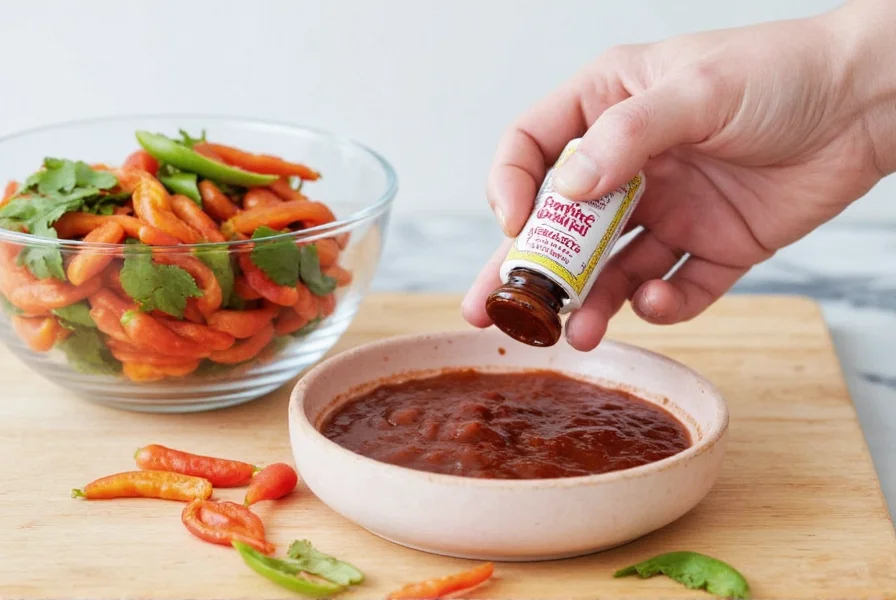









 浙公网安备
33010002000092号
浙公网安备
33010002000092号 浙B2-20120091-4
浙B2-20120091-4